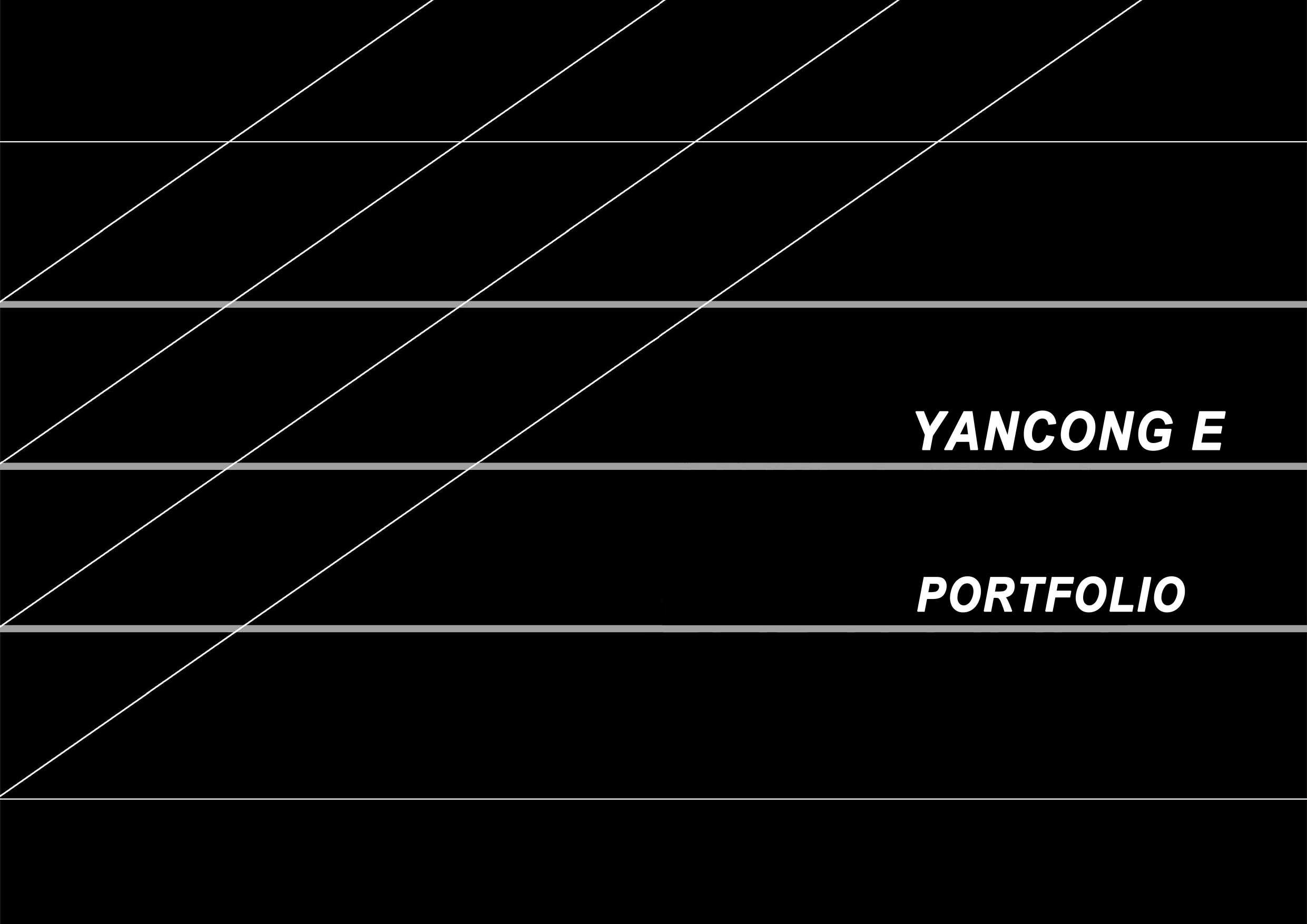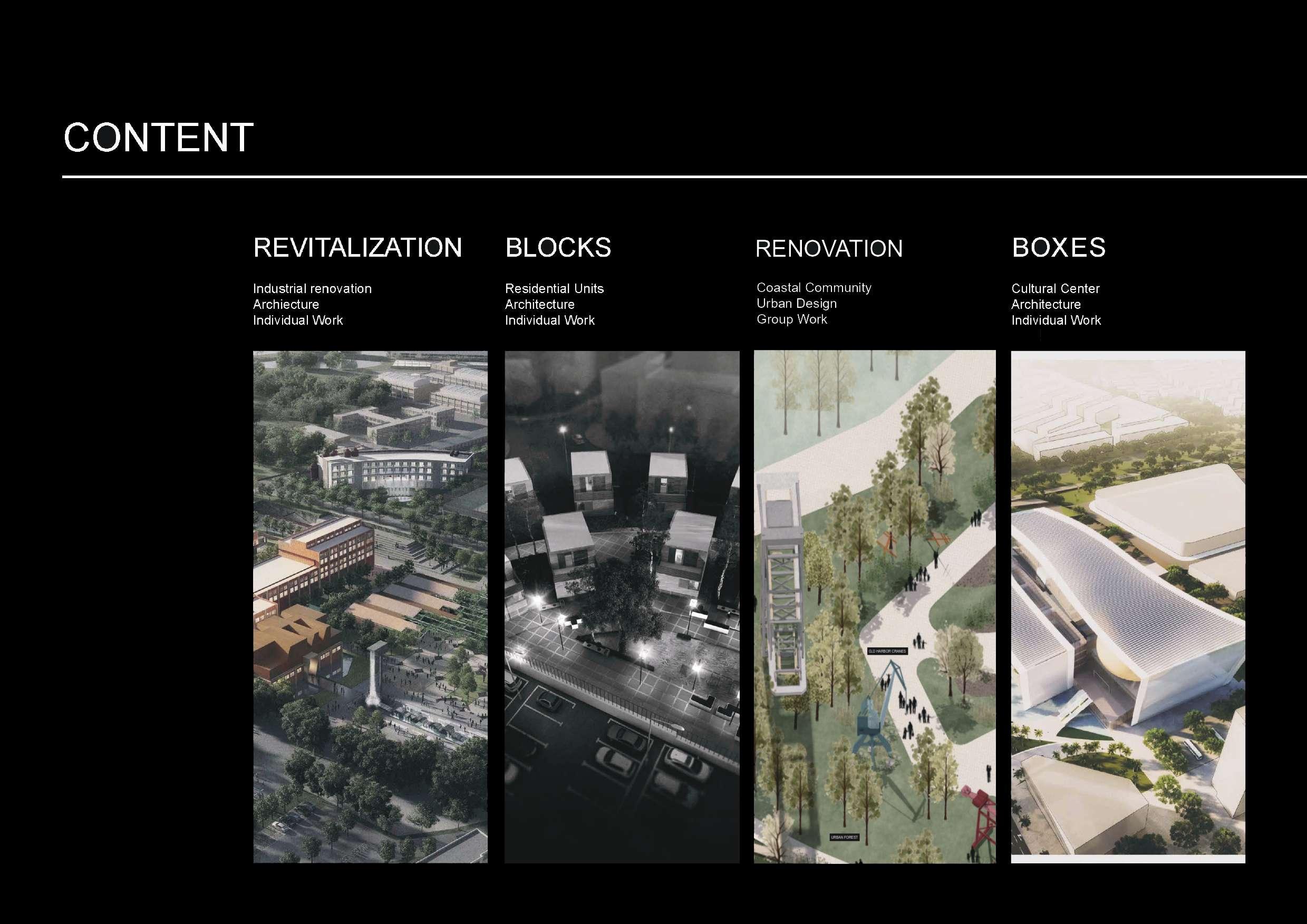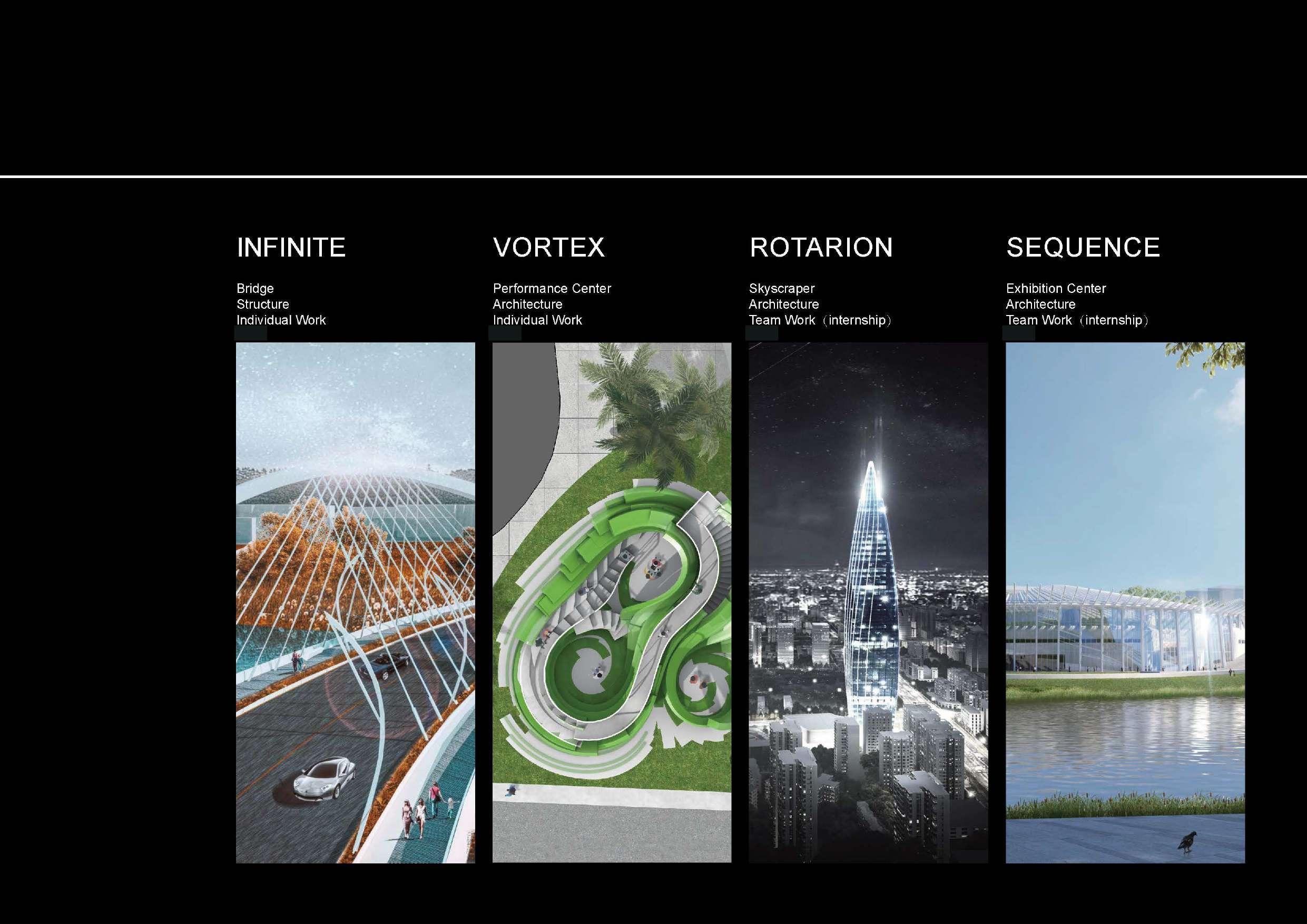








Our proposal for this project focuses on the urban regeneration of a small town that had fallen into industrial oblivion. We brought up a more sustainable answer to the project, where the existing structures fulfill the program requirements. The adaptive-reuse of the structures and an innovative approach to a new town center is a more resilient and sustainable problem solution. A once industrially strong site that produced pulp fiber for paper and clothing industries is now no more than an orange colored memory that rests on the standing structures behind the main street in this town. Today there are plans for a new state-of-the-art factory that will make way for a new era in this town, which needs regeneration and strengthening.
In 1969, the Chemical Fiber Factory was established and created jobs and housing for those that relocated to this site where before that not much existed. A new town was created with workers that came from all over China to partake in this new endeavor. Economically and technologically strong, the factory produced raw materials for the emerging industries. Today, 49 years later, a once industrially strong site is no more than an orange colored memory that rests on the structures left behind.
The proposal seeks to remove a wall and buildings that hold within the factory daily activities. The wall that encased the factory was a fortress that provided safety for the workers but kept at bay all that did not partake in the manufacturing process. There were two worlds in this town, the one inside the factory and the one around. The codependent l town fell into financial difficulties once the factory could no longer keep up with more modern competitors.
1
Existing functions permeate with each other as well as new services coming in. 2
Great places for work, live and play. A place that meets the requirement of multigenerational
The town center has low accessibility because of two very noticeable levels between the upper site and the lower site: The separate entrances on each site make it disconnected and enclosed.
Our approach to this issue is to build the connection between the upper ground and the lower ground, as well as the connection between new town center and the old town, factory area, lake area, community and the park.
The removal of the wall creates the opportunity to develop a rich urban center that reapropriates the existing manufacturingbuildings for new programs that fulfill the requests of both the factory and the local people.
Enlarge the gateway area as town reception hall.
Creating a physical connection from Main Street to the proposed town center is of paramount importance.



While this town has approximately 20,000 people, the toun itself is not urban, industrial, nor rural. The design for the new town center offers not onty a public space that serves local population, but incorporates new ofices for the factory as well.
The adaptive reuse of the former factory to become the future headquarter would provide a small urban platform for the new town center. It will also be an all-inclusive answer to financial resilience of the program, where F&B and retail outlets are able to function around the block, serving local residents, office workers, and visitors.

At the gateway, we change the function of the old factory in to a multifunctional building. It's a visitor center, an Industrial theme cafe and a Museum.The height of the warehouse does not allow us to create a mezzanine and it is too tall to be a one-story user space. Our approach to create a new indoor avenue provides a cooling and pleasant walking street in the heat and humidity of the area.
The way we created a new flexible space was by using shipping containers that had been used to take and bring material to and from the factory. The shipping containers would become flexible pop-up incubators, laboratories, research locations and libraries. We can easily adapt the moveable shipping containers for new functions as required.
Soundscape of memory Shaded center street
Shaded center street






In the initial phase, we wanted to understand what is happening in Boston. Through the means of GIS, we saw the current serious water and air pollution problems in Boston. And decided to focus on the East Boston where the pollution problem is typical. In East Boston, we find that typical pollution problems are also strongly correlated with race, income, and other factors.
So we paid more attention to the environmental justice issue and came up with our strategies and project.
In Boston, impervious paving, the gray charging system is a big contributor to water pollution, they prevent the proper infiltration of rainwater, creating sewage runoff and flooding. And rising sea level is exacerbating water pollution.

Air pollution in Boston comes primarily from heavy traffic, with the highways and Logan Airport being the most typical. On the other hand, the lack of green space also contributes to the high level of air pollution.









After analyzing similar cases in the Boston area and extracting key historical elements of Jeffries Point, we proposed to create a completely different Eastie than Northie, rooted in Jeffries Point.
ICA-driven urban development has created gentrification issues in South Boston, and we propose that Eastie builds on the ICA Watershed and is more deeply rooted in local history and culture, in a completely different way than Southie.
Shipyard Culture Immigrants Culture Logan Airport Expansion Gentrification Problem Cultural Recognition Water and Air PollutionTo address the air pollution issue in the community, due to its proximity to the airport, the residential housing design concept elevates the first floor to enhance ventilation. Additionally, this elevated space is utilized for bars and retail outlets, creating a vibrant connection to the local culinary scene.
Shared Hallways connects the two buildings, which have shared café space. The first floor is utilized for bars and retails.

Two sets of twin houses form a quotruple house to fit the neighborhood plan, and the first floor and corridors have more activities space.

Senior friendly collective house is planned in a triangular area of the community. Also using the shared hallways idea, the first floor is a semi-open senior activity center.


Upland
Cuisine
Jeffries Point's immigrant history has brought a diversity of cultures and cuisines to the area. We have preserved the famous local brewery, Downeast Cider House, and created a multicultural cuisine, where the vibrant atmosphere spreads out through outdoor dining on the beach and bars in the neighborhood.
Local Brewery: Downeast Cider House


Cuisine with Diverse Culture


Bars in Neighborhoods



Jeffries Point, an active marina with a community deeply connected to maritime activities, has been thoughtfully preserved to maintain its unique character and support the lifestyle of its residents. By retaining essential facilities and factories on the site, and integrating them with the ICA Watershed, we have created a comprehensive complex that stands as a new landmark for East Boston area.





In addition to the landmark factory buildings, a wealth of activities take place in this open space. The design elements are derived from the long history and culture of Jeffries Point. They will awaken memories and love for the area.
Resilient landscaping features such as rain gardens and permeable pavement are also used to protect against flooding.



Make Shoreland Permeable



Exhaust


On the issue of flooding in Boston, our final step in creating the New Eastie discussed how people live with water. We built modules with different functions and they can be stitched together into places on the water. This module can help people reoccupy the ocean in the future when sea levels continue to rise and encroach on the land.
Offshore fish farming offers a source of fresh seafood and creates employment opportunities for both residents and visitors.

Exhibition
The offshore exhibition space was born out of ICA Watershed, which also serves as a reference for other offshore leisure spaces.

Park
Green space is also essential. The module also shows the slight terrain changes of the floating island.

Cafe
In addition to industrial and recreational space, people living at sea need places to work and relax. More multifunctional modules will also be explored in the future.

Walkway
Trails to connect close offshore spaces so that the world at sea is not too dispersed. Distant spaces with the help of welldeveloped sea transportation.






























